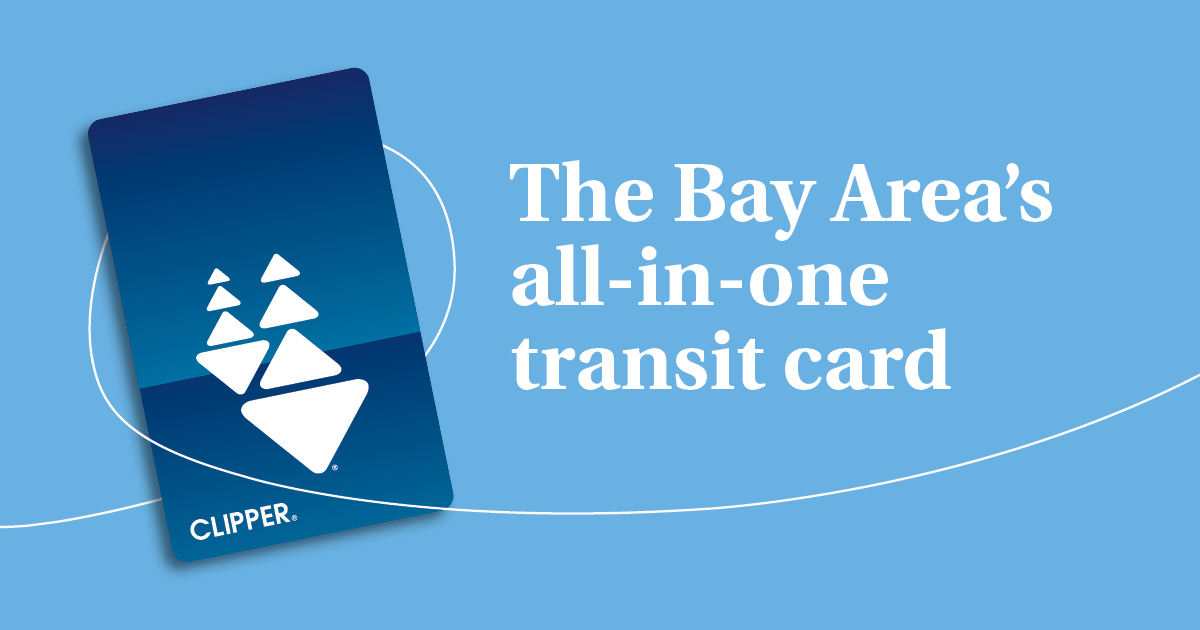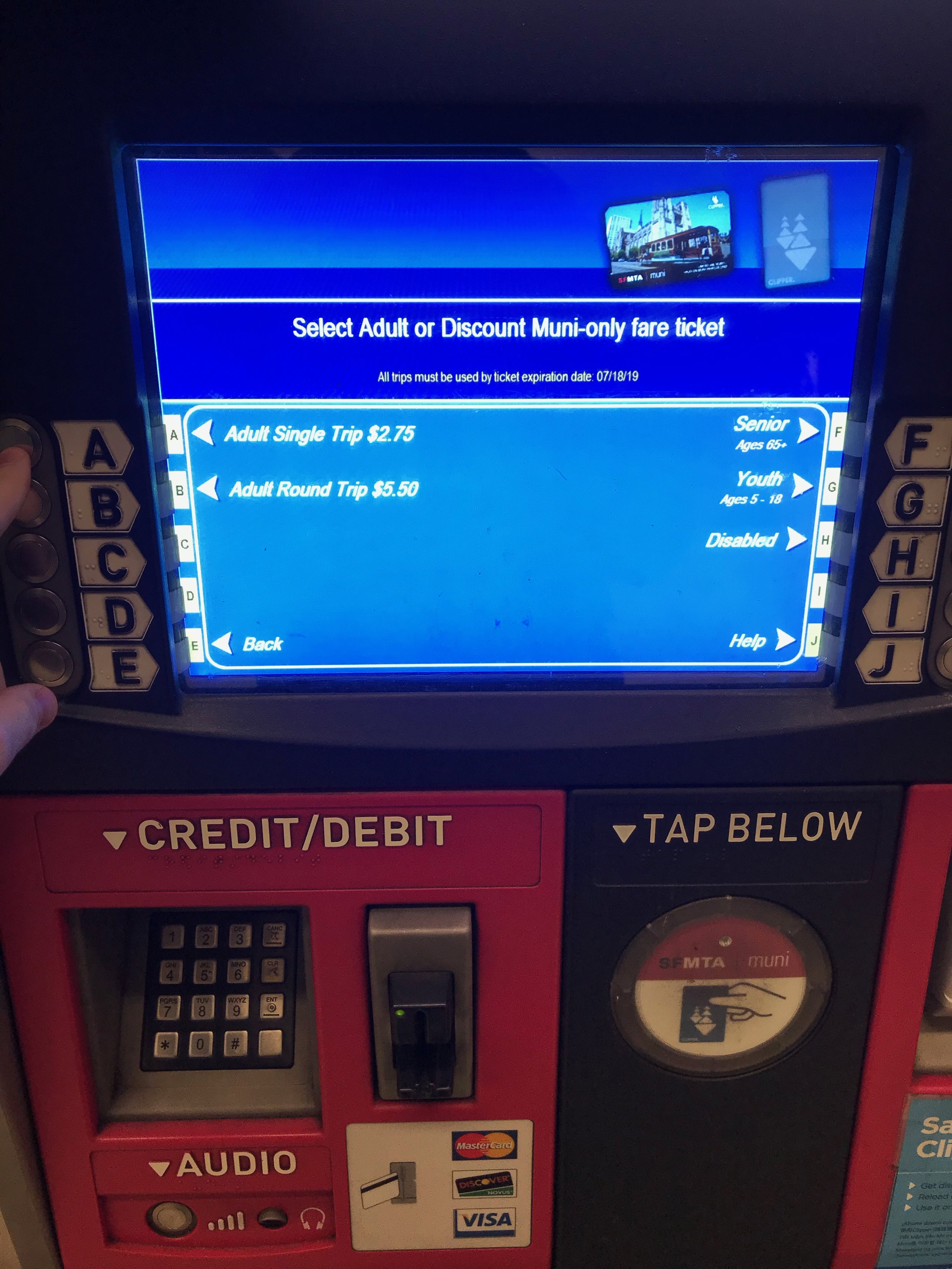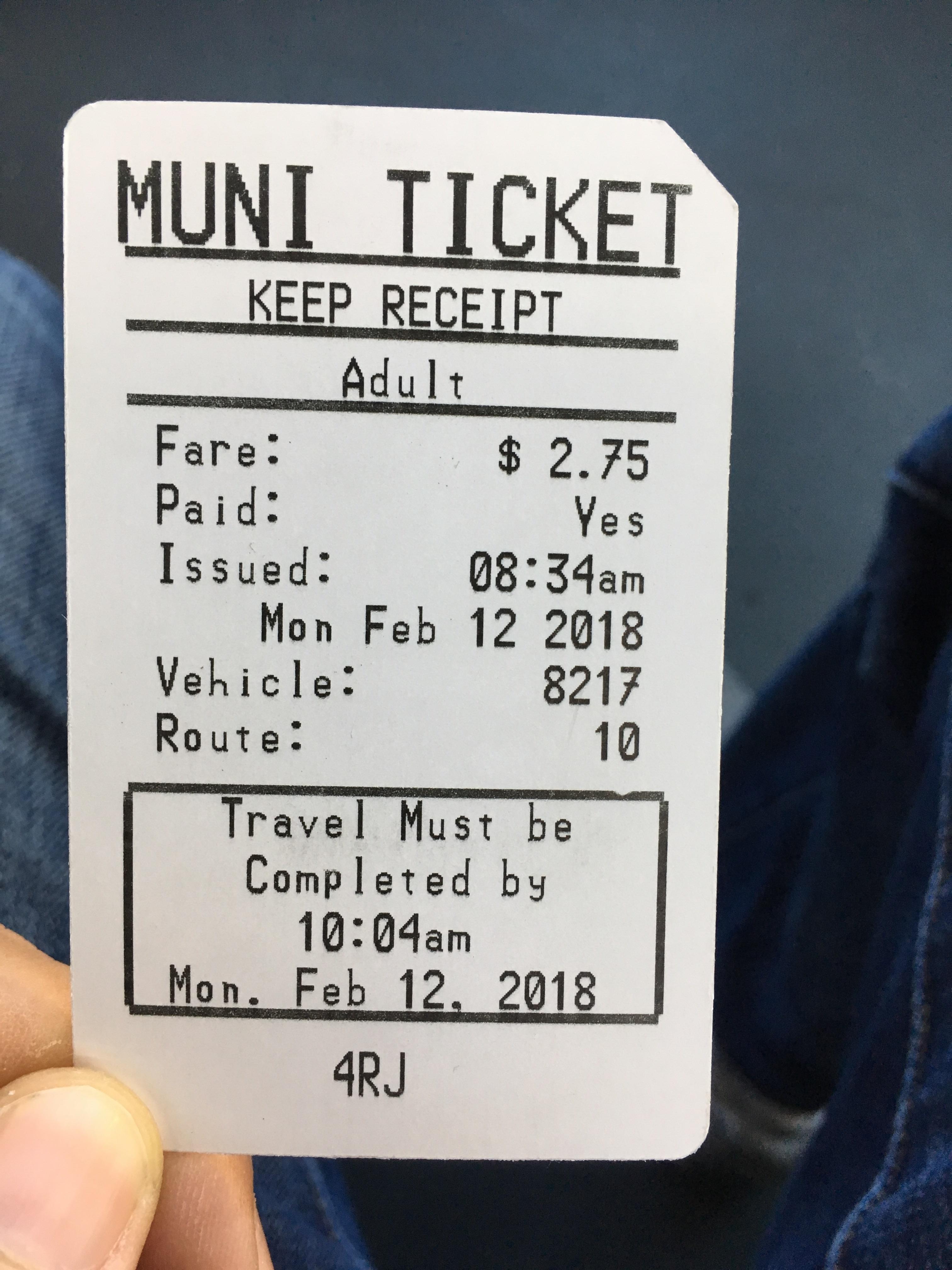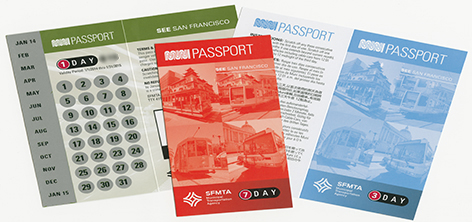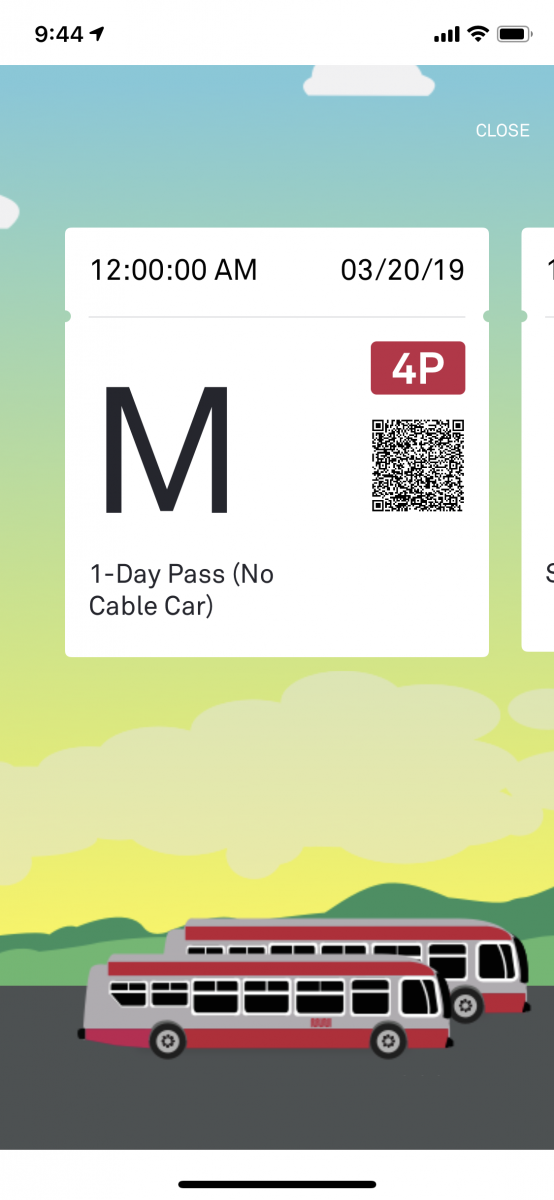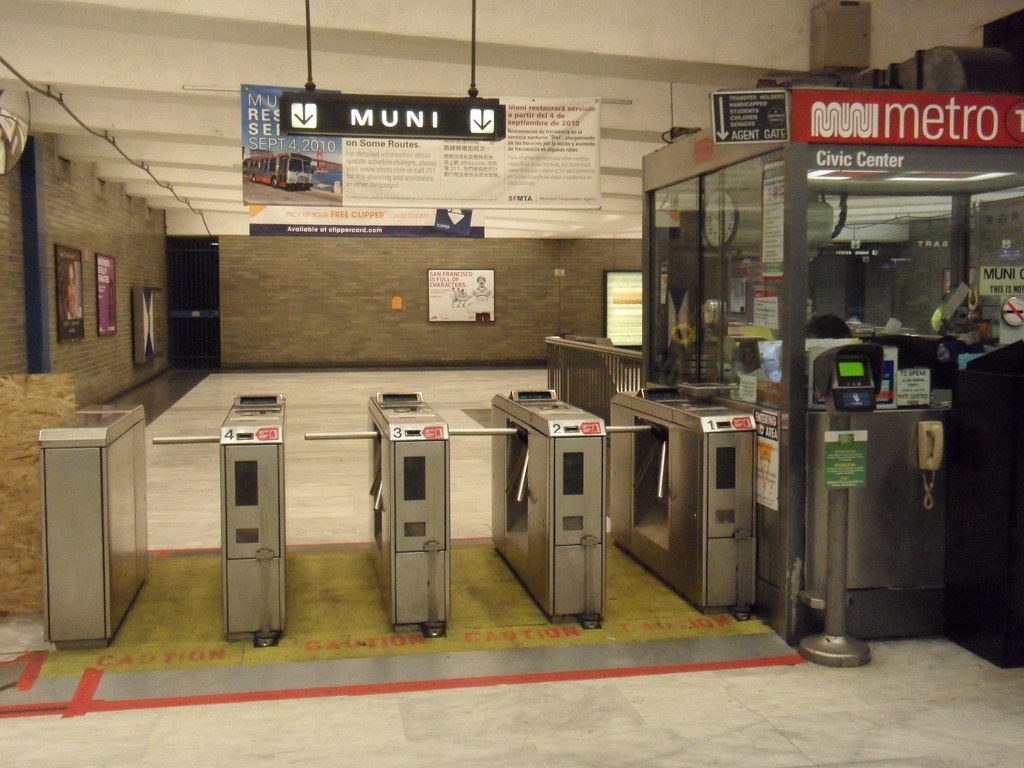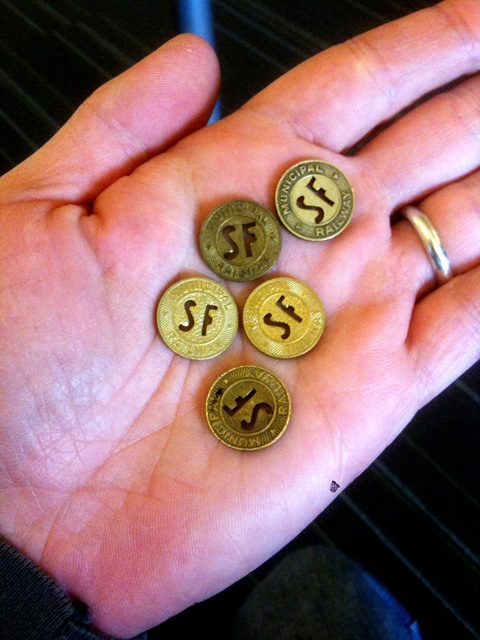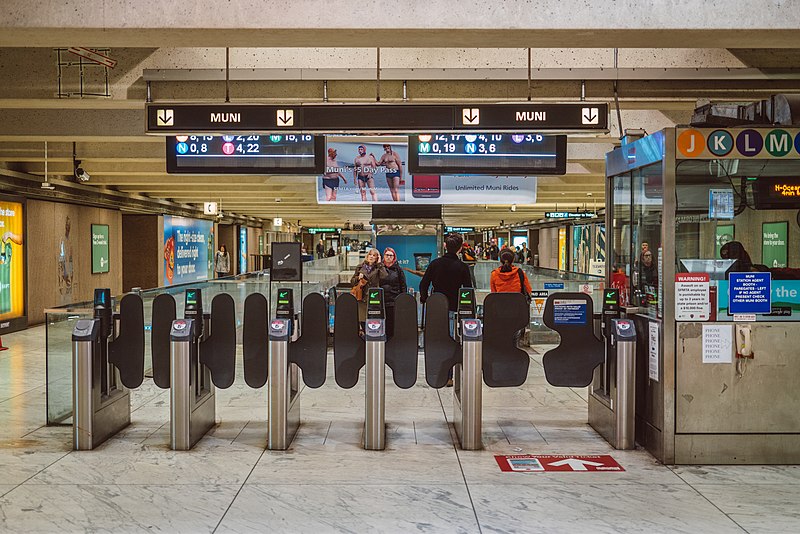BCL
Engineer
I guess a lot of different transit agencies have gone to this over the years, including rail transit (not sure how it fits into a neat category). I suppose the idea is that the vehicle operator isn't necessarily the gatekeeper, especially where getting on at another door may make it easier to board, but where fare inspectors may go around to ask for proof of fare payment.
Quite a few agencies have gone primarily to fare cards using NFC communications (Clipper here in the Bay Area)(. I've been checked for proof of payment where fare inspectors will have a reader. On SMART in Sonoma-Marin there was one riding with each train we rode. I have yet to encounter one on a bus, but San Francisco's MUNI does that. They have a hybrid system with buses, cable cars, street cars, and light rail. And the light rail also serves as street cars where the stations have gates that are primarily used with fare cards or NFC communications, but also with station agents to handle non-electronic proof of payment. They have normal paper tickets/receipts, but also scratch-off tourist passes. But as a street car, the vehicle operator handles the farebox. They also have disposable paper versions of NFC fare cards. There was one really weird thing though. I don't like their farebox receipts. They're printed rather faintly, and I've seen rubbing of it where it faded quickly. I had one in my back pocket for a month and it was hard to read, although it had expired a while ago. They even have a few streetcar stops with these machine that look like street parking machines that spit out a receipt to place on the dash. But they were programmed for transit tickets, day passes, etc. I tried that the last time I was in San Francisco hoping that maybe they'd last longer than the ones that fareboxes put out. And the paper they used was clearly for parking, as it said "PARKING TICKET" on the side.
This is an image of the old paper transfer, which has been replaced with the ticket on the right.
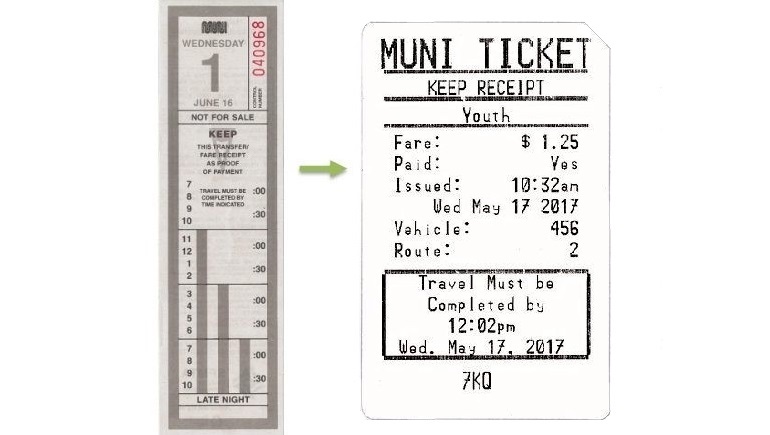
Anything really unusual out there?
Quite a few agencies have gone primarily to fare cards using NFC communications (Clipper here in the Bay Area)(. I've been checked for proof of payment where fare inspectors will have a reader. On SMART in Sonoma-Marin there was one riding with each train we rode. I have yet to encounter one on a bus, but San Francisco's MUNI does that. They have a hybrid system with buses, cable cars, street cars, and light rail. And the light rail also serves as street cars where the stations have gates that are primarily used with fare cards or NFC communications, but also with station agents to handle non-electronic proof of payment. They have normal paper tickets/receipts, but also scratch-off tourist passes. But as a street car, the vehicle operator handles the farebox. They also have disposable paper versions of NFC fare cards. There was one really weird thing though. I don't like their farebox receipts. They're printed rather faintly, and I've seen rubbing of it where it faded quickly. I had one in my back pocket for a month and it was hard to read, although it had expired a while ago. They even have a few streetcar stops with these machine that look like street parking machines that spit out a receipt to place on the dash. But they were programmed for transit tickets, day passes, etc. I tried that the last time I was in San Francisco hoping that maybe they'd last longer than the ones that fareboxes put out. And the paper they used was clearly for parking, as it said "PARKING TICKET" on the side.
This is an image of the old paper transfer, which has been replaced with the ticket on the right.

Anything really unusual out there?
























































